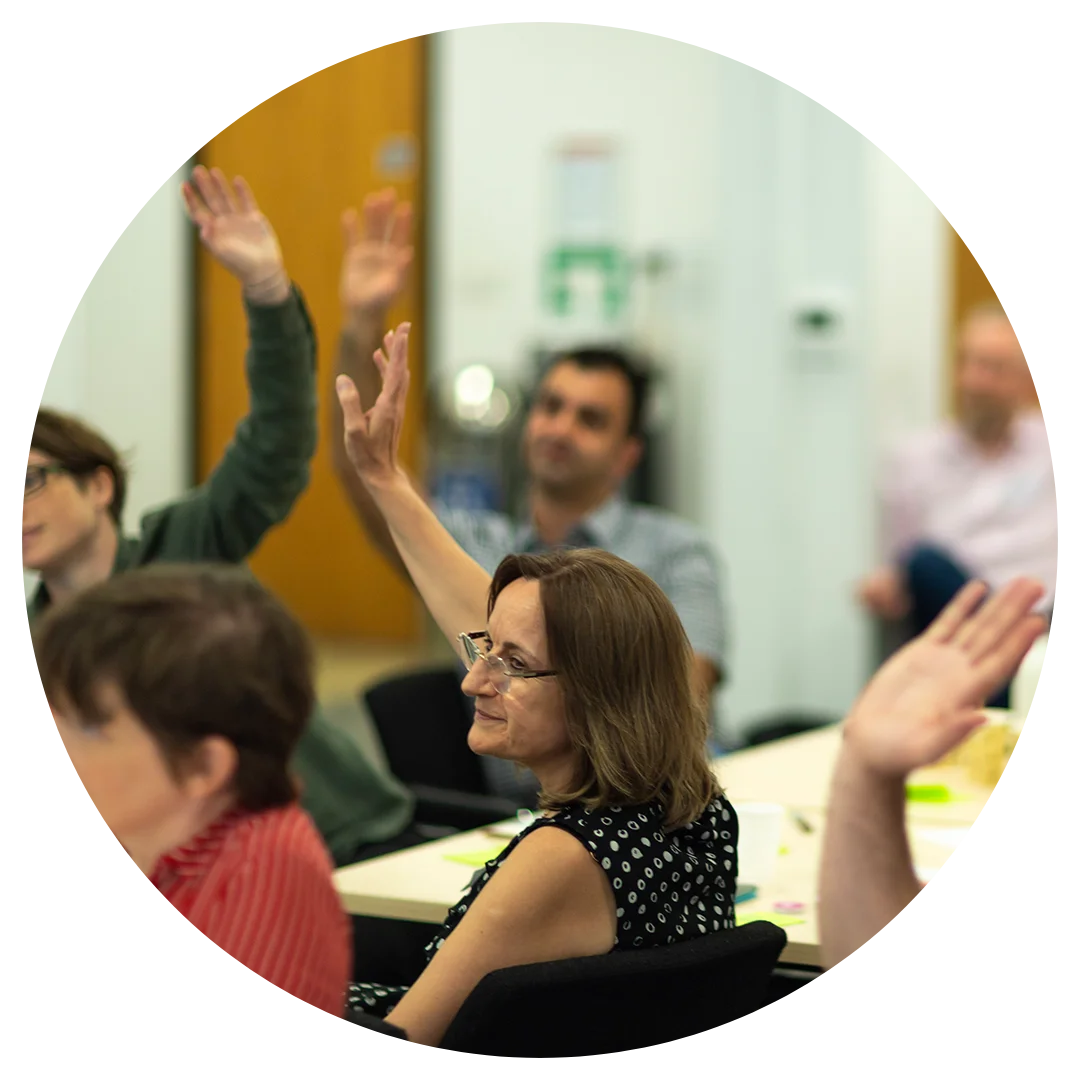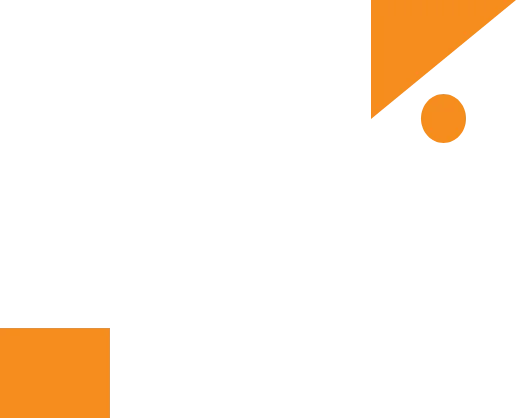From mission to action to impact
The Digital Access for All Mission was one of seven Mayor of London Missions to help London recover from the Covid Pandemic. In summary, it’s goal was to ensure that every Londoner can get online by 2025.
LOTI played an instrumental role in delivering this mission alongside the Greater London Authority (GLA). For more information, on the specifics of what we did as part of this, please visit the LOTI website.
In this blog, I will share some thoughts from my own recent reflections on the Digital Access for All Mission and what it takes to go from a very ambitious mission statement to actually making a difference to people’s lives.
Missions and their bold ambitions
In recent times, we’ve seen governments moving to a mission-led approach, particularly for tackling big societal challenges from climate change to digital inclusion to economy and more recently health. Inspired by Mariana Mazzucato, this approach offers a visionary leadership from government, coupled with dedicated resources put towards achieving a clear goal. These elements, she argues were key to the mission that helped land the first man on the moon.
In a simplistic way, these missions can help address the grand challenges of today’s society by involving governments, the wider public sector as well as the private sector.
From mission to action
Tackling a bold societal challenge like digital exclusion demands more than just good intentions—it requires deep research, planning, and more importantly decisive action.
We’ve learned that digital exclusion is far from a simple problem with a single solution. It’s multi-dimensional nature, affects people in vastly different circumstances with varying needs that can change over time. Some face temporary barriers due to poor or no connectivity, while others struggle with longer-term challenges such as affordability, lack of skills, or lack of access to the right digital devices.
Given these countless variables and the sheer scale of the challenge across our entire city, it became clear that no single organisation—no matter how well-resourced or dedicated—could solve this alone never mind create lasting change. The only viable path forward, as we discovered, is engaging the entire ecosystem of organisations that can collectively address these different dimensions of exclusion.
Here are the most important elements that I believe made our work in delivering this mission a success.
1.Building cross-sector collaborative partnerships
LOTI is uniquely positioned to bring together partners from across the public, third and private sectors. Our thriving community spans London’s local authorities, NHS and health organisations, sub-regional groups, and voluntary and community sector partners, alongside telecommunications providers, major corporations, and countless others.
Rather than simply hosting discussions (of which we did many), we were focused on turning conversations into collaborative action. When it came to the Digital Access for All Mission, this meant convening partners to work as one cohesive, London voice—eliminating duplication of efforts and maximising the resources and expertise already at our disposal. These discussions were instrumental in crowdsourcing ideas and prioritising projects.
2. Leveraging Collective Knowledge and Resources
One of the most powerful advantages of collaborative partnerships is the wealth of knowledge, experience, and insights they unlock. Partners helped us build a deep understanding of what resources exist, where gaps remain, what the needs are, and the nuanced nature of those needs.
Through the commitment of frontline workers, service managers, and leaders across all sectors, (and through numerous workshops and interviews) we were able to gather and synthesise this rich intelligence in a rapid and cost-effective way. This allowed us to create a single, comprehensive picture for all of London rather than having each of the 33 boroughs doing this work in isolation.
This approach allowed us to make the most of existing resources and infrastructure, building strong partnerships with libraries, charities, and community organisations throughout the city. We also worked closely with Good Things Foundation, a national organisation with deep expertise in digital inclusion, ensuring we could draw on proven strategies and avoid reinventing the wheel.
3. Testing, Learning, and Iterating
Having rapidly built our evidence base and community, we were well-positioned to test new ideas and explore emerging opportunities. We were also able to put more structure around this, in the form of the Digital Inclusion Innovation Programme (DIIP).
With the urgent pressures of the pandemic—when millions of Londoners couldn’t access vital services due to many barriers—it would have been easy to fall into analysis paralysis. This is a challenge I certainly have come across frequently, where leaders naturally seek robust evidence before taking action.
And they’re right to do so.
But the reality is that no matter how long we wait, we’ll never have enough of the right data, and even when we do, it may not be the highest quality we’d hope for.
The key lesson I’m taking forward? Start with the data you have and build from there.
We launched experiments across multiple areas—prototyping digital solutions to reduce social isolation of people living with dementia, creating geographic maps of digital exclusion across London, and exploring the evolving needs of residents in temporary accommodation.
These tests required significant time, effort, and funding to execute properly and gather the insights we needed. Looking back, if we were starting over, we’d probably focus on testing more ideas, faster, and more cost-effectively. This would have created room for more experimentation across a broader range of domains and needs, in a more cost effective way.
It was through this experimentation, we learned that a pan-London service like Get Online London could effectively meet Londoners’ changing digital needs. The service works across neighbourhoods through local, trusted organisations, delivering a holistic support package that includes devices, SIM cards, and hands-on training—addressing the full spectrum of barriers that keep people from getting online.
4. Securing the Resources to Deliver
Funding remains one of the most pressing challenges in local government—and understandably so. We’re operating with shrinking budgets year after year, while our ambitions remain as bold as ever and demand for services continues to climb.
Yet the simple truth is that without adequate funding, we simply couldn’t have delivered this mission, or achieved any impact. We were incredibly fortunate to secure both the buy-in and funding from the Mayor of London—without which none of this would have been possible.
With proper investment, we were able to mobilise projects rapidly and respond to the urgent needs of our boroughs—whether that meant providing insights, creating practical resources such as “how to” guides, or developing design tools such as our persona bank, which has been widely adopted by both local government and NHS colleagues.
We were incredibly lucky to have secured the buy-in and funding from the Mayor of London, without which none of this would have been possible.
The funding allowed us to move from good intentions to tangible action, transforming ideas into real solutions that boroughs and our partners could use immediately.
5. Delivering Real Impact
The true measure of success for any project or programme lies in the tangible difference it makes on the ground. Through the early work of DIIP our insights helped boroughs target their limited resources more effectively, while our shared tools and resources prevented (costly) duplication across 33 London boroughs. Perhaps most importantly, we built a sustainable collaborative model that continues to evolve and respond to changing needs.
Through Get Online London (GOL) thanks to our incredible community of passionate digital inclusion doers and thousands of volunteers, we’ve been able to reach over 260,000 Londoners and their families. In reality, this means they’ve been able to get online and access essential digital services, from healthcare appointments to benefits, training and job applications. The difference we’ve made to real people’s lives is crucially important and we know that 87% of people who’ve engaged with GOL are more able and feel safer to do things online, 84% feel happier and 77% feel better able to manage their health.
For more information on any of the above you can visit our mission delivery work in the Digital Inclusion Innovation Programme page and Get Online London page on the LOTI website.
Genta Hajri


